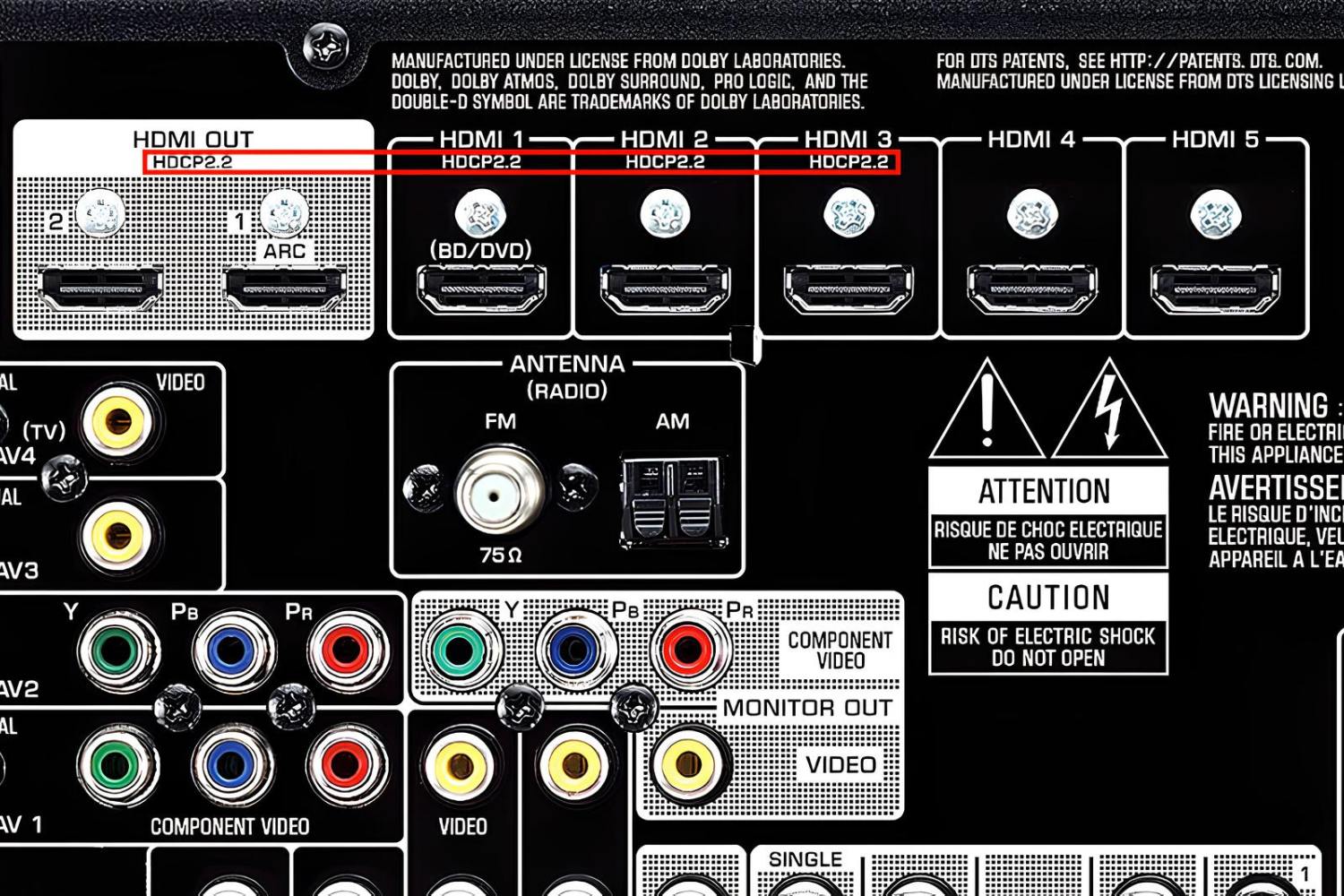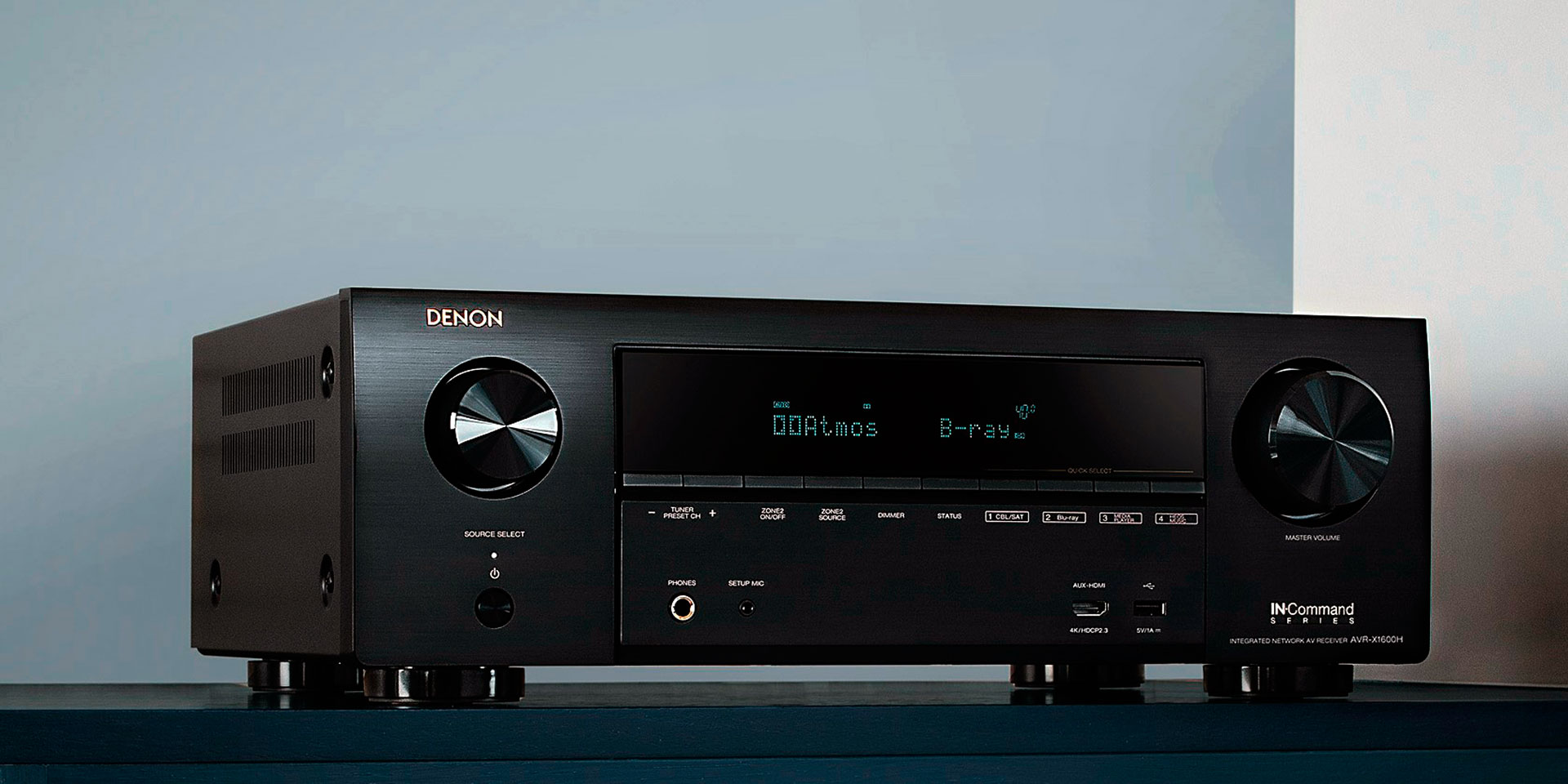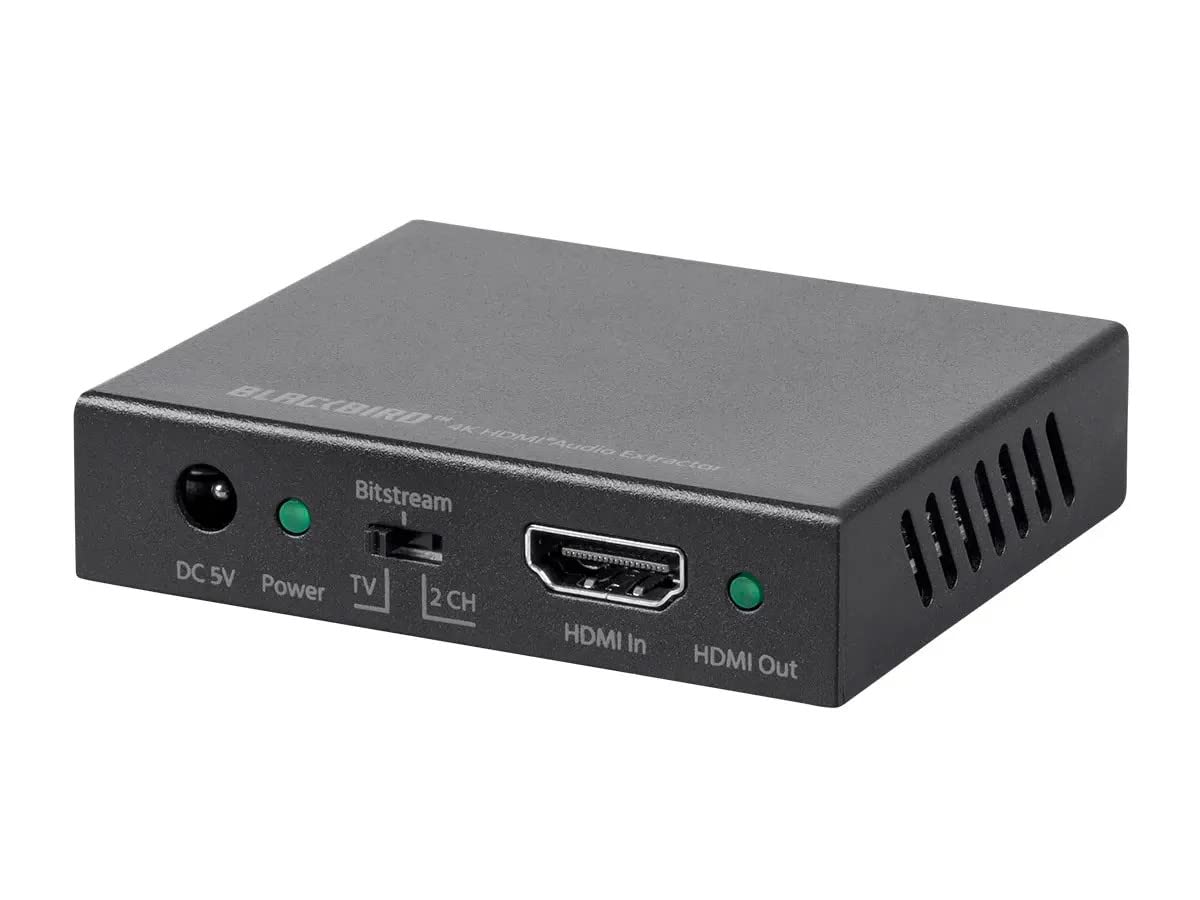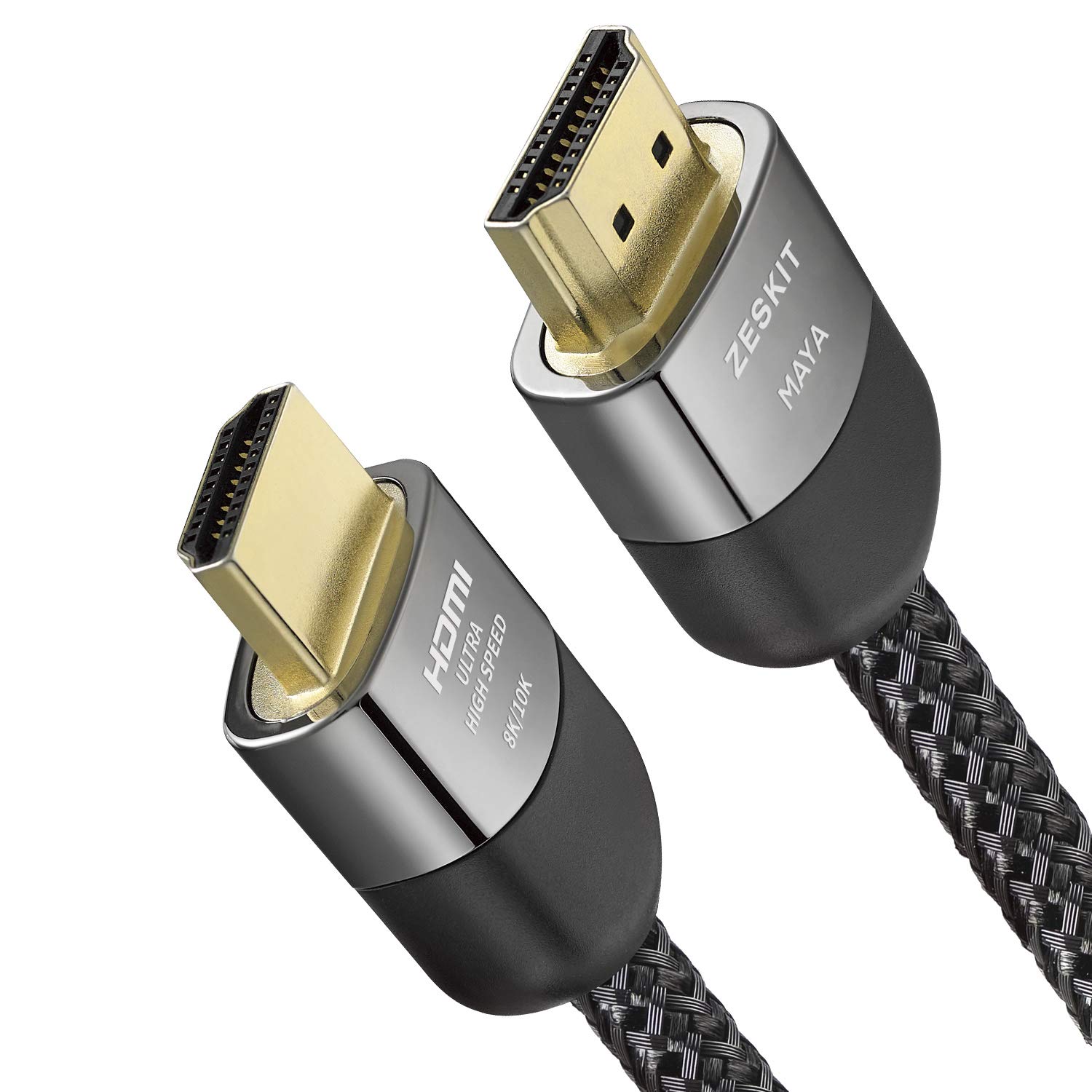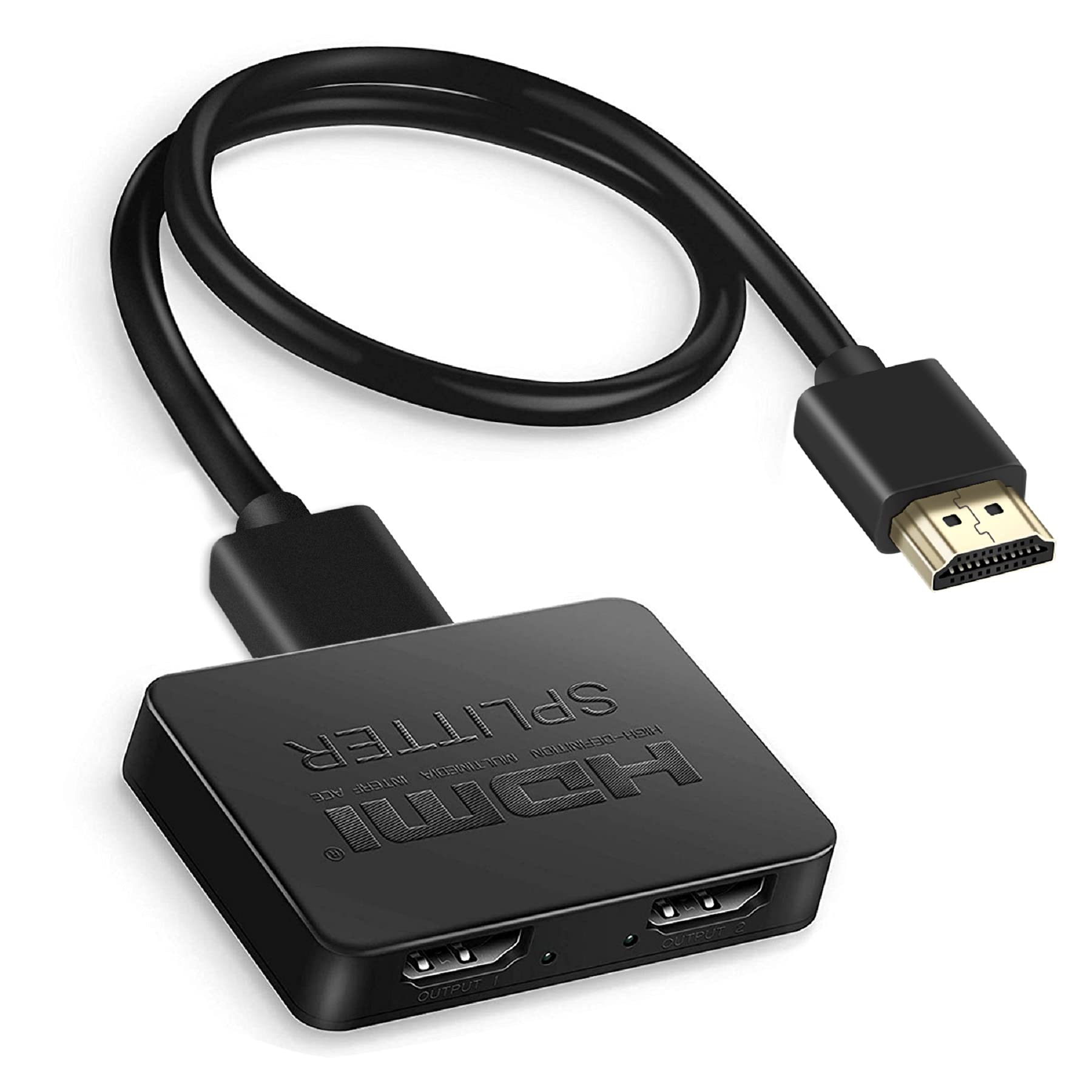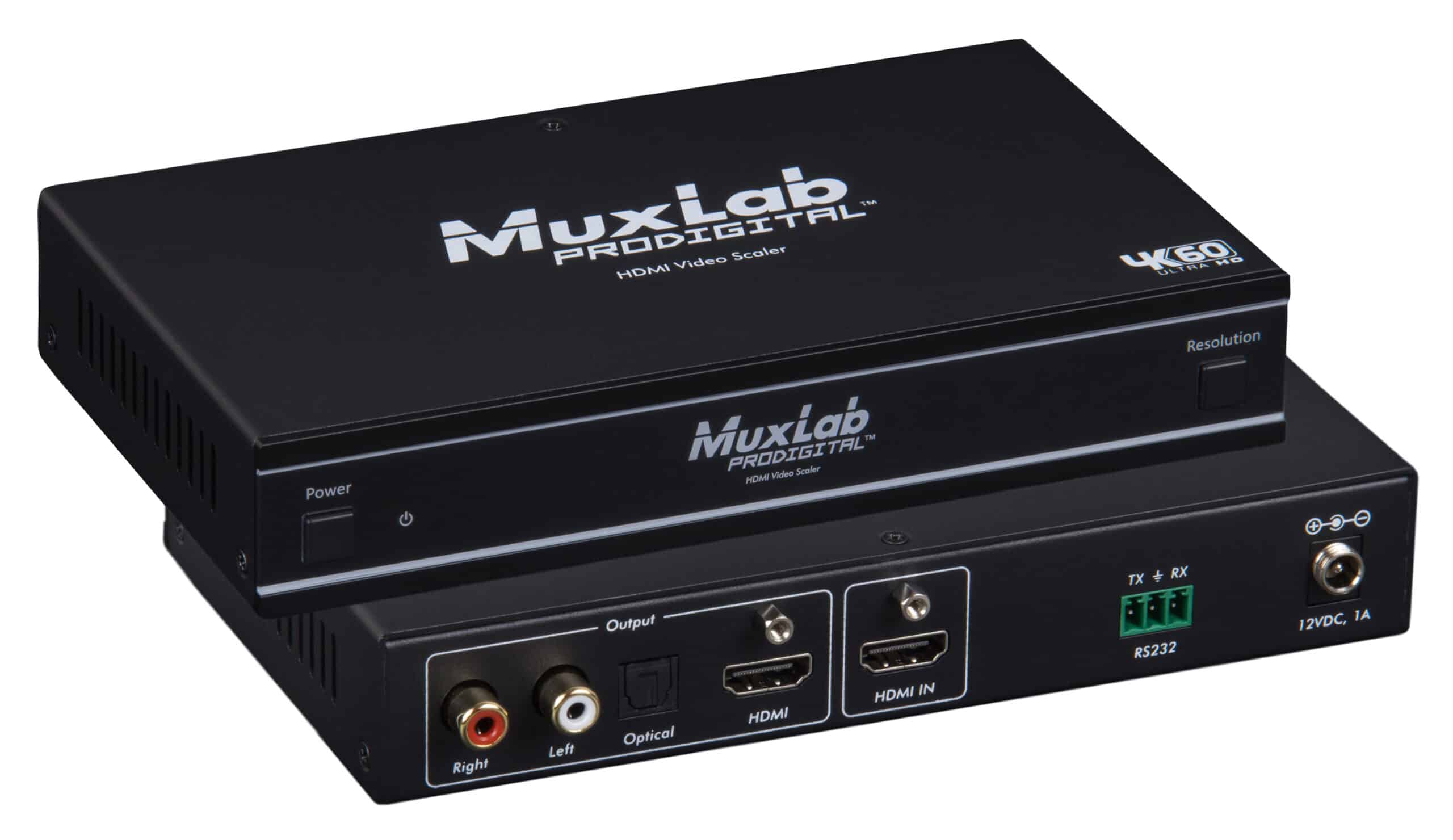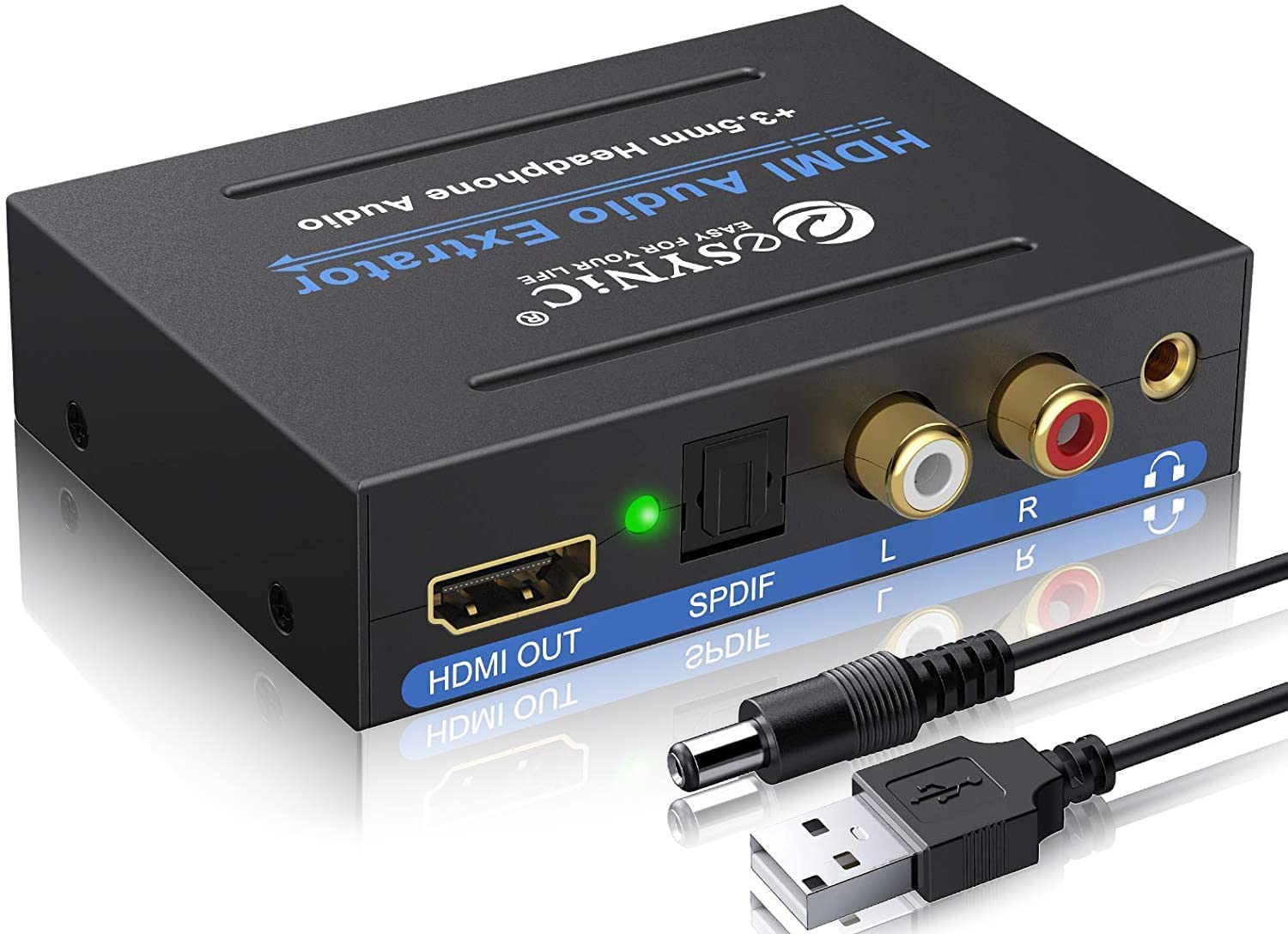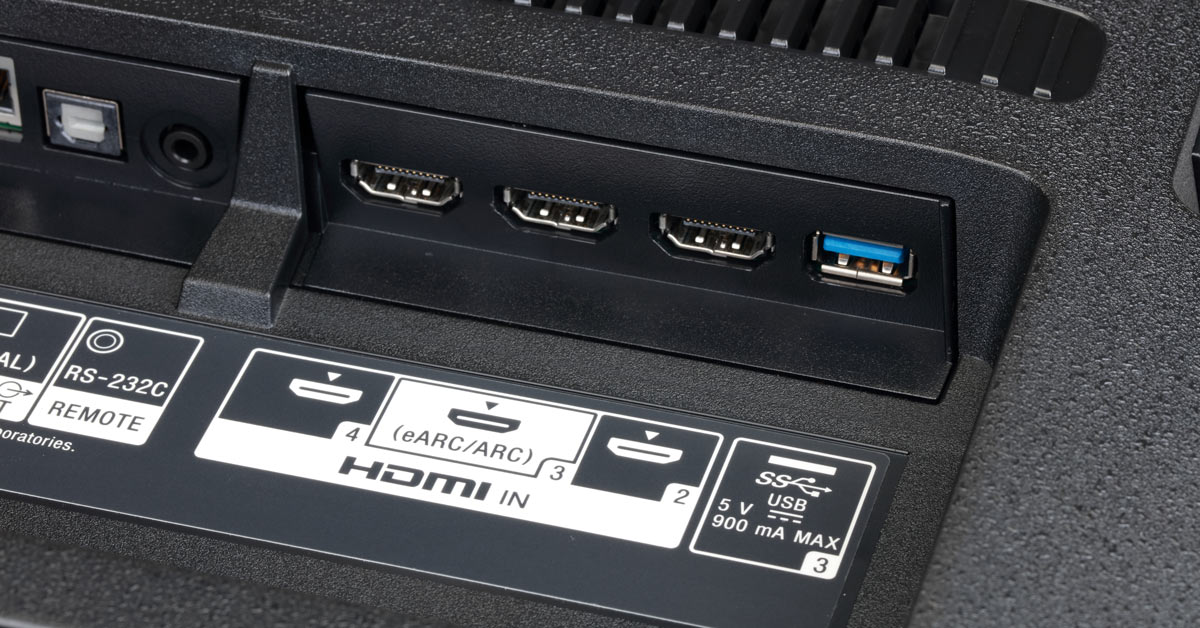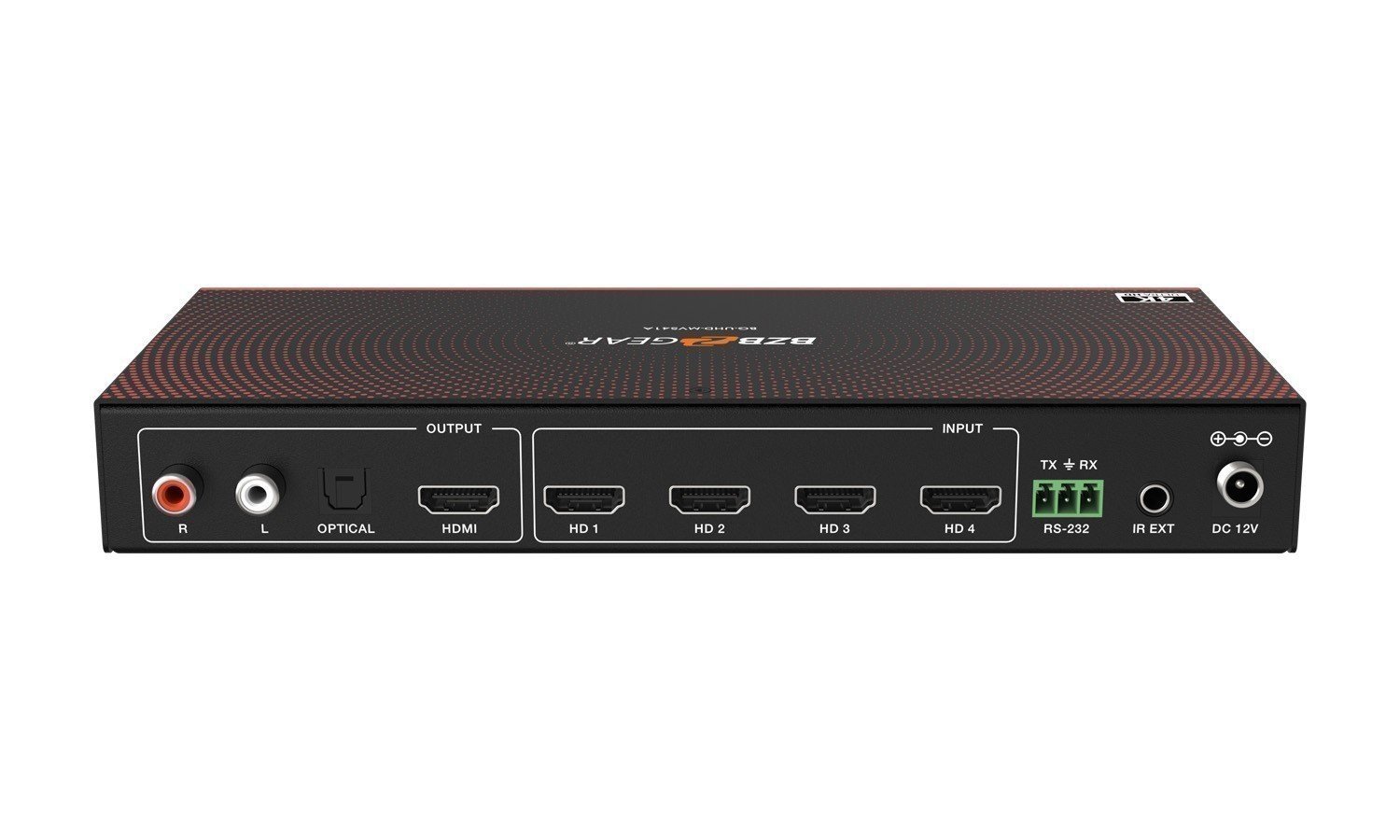Introduction
When it comes to setting up a home entertainment system, one of the critical components to consider is the audio-video (AV) receiver. An AV receiver serves as the central hub for connecting various audio and video sources, such as Blu-ray players, gaming consoles, streaming devices, and cable boxes, to your television or home theater system. As technology continues to advance, the need for more advanced connectivity options has become increasingly important. This is where HDMI 2.0 and HDCP 2.2 inputs come into play.
These terms may sound like technical jargon, but they play a vital role in ensuring that your AV receiver is compatible with the latest video and audio formats, including 4K Ultra HD content and high dynamic range (HDR) video. Understanding the significance of HDMI 2.0 and HDCP 2.2 inputs on an AV receiver is crucial for anyone looking to build a modern home entertainment setup. In this article, we will delve into the specifics of HDMI 2.0 and HDCP 2.2, explore their importance, and discuss the factors to consider when determining how many inputs you need on your AV receiver. By the end, you will have a clearer understanding of the role these inputs play in your home theater system and be better equipped to make informed decisions when selecting an AV receiver. Let's dive in!
What is HDMI 2.0 and HDCP 2.2?
HDMI 2.0, short for High-Definition Multimedia Interface 2.0, is a digital interface that allows for the transmission of high-quality audio and video signals between devices. It is an updated version of the original HDMI 1.4 standard and offers several key enhancements, including support for higher video resolutions, increased bandwidth, and the ability to transmit 4K content at 60 frames per second. This means that HDMI 2.0 is capable of delivering stunning visual clarity and smooth motion for an immersive viewing experience.
On the other hand, HDCP 2.2, which stands for High-bandwidth Digital Content Protection 2.2, is a form of copy protection technology designed to prevent unauthorized duplication of copyrighted material as it travels across various devices. In the context of home entertainment, HDCP 2.2 is particularly important for ensuring the secure transmission of 4K Ultra HD content, as many content providers and streaming services require HDCP 2.2 compliance to access their highest-quality programming.
Together, HDMI 2.0 and HDCP 2.2 form a powerful combination that enables the seamless and secure transmission of 4K video content with high dynamic range (HDR) and wide color gamut. This is especially significant for those seeking to experience the latest advancements in visual technology, as it ensures compatibility with the latest generation of 4K Ultra HD televisions, projectors, and media players.
By understanding the capabilities and functions of HDMI 2.0 and HDCP 2.2, consumers can make informed decisions when selecting AV equipment and ensure that their home entertainment systems are equipped to handle the latest and future advancements in audiovisual technology.
Importance of HDMI 2.0 and HDCP 2.2 Inputs on an AV Receiver
The inclusion of HDMI 2.0 and HDCP 2.2 inputs on an AV receiver is crucial for ensuring compatibility with the latest video and audio formats, particularly in the era of 4K Ultra HD and HDR content. These inputs enable seamless connectivity between various source devices and the AV receiver, allowing for the transmission of high-resolution video and immersive audio signals without degradation in quality.
With the rise of 4K Ultra HD televisions and content, the demand for AV receivers equipped with HDMI 2.0 and HDCP 2.2 inputs has grown significantly. These inputs are essential for unlocking the full potential of 4K content, as they support the transmission of 4K video at higher frame rates and with enhanced color depth. Additionally, HDCP 2.2 compliance ensures that users can access premium 4K content from streaming services, Blu-ray players, and other media sources without encountering compatibility issues or playback restrictions.
Furthermore, the importance of HDMI 2.0 and HDCP 2.2 inputs extends beyond just video quality. These inputs also play a critical role in delivering immersive audio experiences, as they support advanced audio formats such as Dolby Atmos and DTS:X. By having the necessary inputs on an AV receiver, users can enjoy the full spectrum of high-definition audio formats that complement the stunning visuals offered by 4K content, resulting in a truly cinematic home theater experience.
For home theater enthusiasts and avid media consumers, the presence of HDMI 2.0 and HDCP 2.2 inputs on an AV receiver is non-negotiable. Without these inputs, users may encounter compatibility issues, limited access to 4K content, and an inability to fully leverage the capabilities of modern audiovisual equipment. As such, the inclusion of these inputs has become a standard feature in premium AV receivers, reflecting their indispensable role in supporting the latest advancements in home entertainment technology.
Factors to Consider When Deciding How Many Inputs You Need
When determining the number of HDMI 2.0 and HDCP 2.2 inputs needed on an AV receiver, several factors come into play, each of which influences the overall functionality and versatility of the home entertainment system. Understanding these factors is essential for making an informed decision that aligns with your specific audiovisual needs and preferences.
- Number of Source Devices: The primary consideration is the total number of audio and video source devices you intend to connect to the AV receiver. This may include devices such as Blu-ray players, gaming consoles, streaming media players, cable or satellite boxes, and media servers. Each source device requiring a high-definition connection will occupy one HDMI input on the receiver.
- Future-Proofing: Anticipating future upgrades and additions to your home entertainment setup is crucial. As technology continues to evolve, new devices with advanced connectivity requirements may enter the market. Having additional HDMI 2.0 and HDCP 2.2 inputs can future-proof your AV receiver, ensuring that it remains compatible with upcoming audiovisual equipment and content formats.
- Multi-Zone and Multi-Room Configurations: If you plan to set up a multi-zone or multi-room audiovisual system, where different sources feed into separate zones or rooms, you will need to account for the additional inputs required to accommodate this configuration. Each zone or room may necessitate its own set of HDMI inputs for independent connectivity.
- Compatibility with Display Devices: Consider the compatibility of your AV receiver with your display devices, such as 4K Ultra HD televisions, projectors, or other video displays. Ensure that the receiver’s HDMI inputs align with the specifications and capabilities of your display devices to fully leverage their features and maximize the viewing experience.
- Audio and Video Processing Needs: Assess the audio and video processing capabilities of the AV receiver, as well as the specific features and formats it supports. Some advanced audio and video formats, such as Dolby Vision, HDR10, and HLG (Hybrid Log-Gamma), may require dedicated HDMI inputs to fully utilize their capabilities.
By carefully considering these factors, you can determine the optimal number of HDMI 2.0 and HDCP 2.2 inputs required to accommodate your current and future audiovisual needs, ensuring that your AV receiver serves as a capable and flexible centerpiece for your home entertainment system.
How Many HDMI 2.0 + HDCP 2.2 Inputs Do You Need?
Determining the ideal number of HDMI 2.0 and HDCP 2.2 inputs for your AV receiver hinges on a careful assessment of your specific audiovisual setup and usage requirements. While there is no one-size-fits-all answer, several guidelines can help you arrive at a suitable number of inputs that align with your present and future needs.
Consider the Number of Source Devices: Begin by taking stock of the audio and video source devices you currently own or plan to integrate into your home entertainment system. Count the total number of devices that require a high-definition connection to the AV receiver, as each device will occupy one HDMI input. Be mindful of potential future additions to your setup, such as new gaming consoles, streaming devices, or media players.
Anticipate Future Expansion: To future-proof your AV receiver, consider allocating additional HDMI 2.0 and HDCP 2.2 inputs beyond your current requirements. This proactive approach accounts for potential upgrades and new devices entering the market, ensuring that your receiver remains compatible with evolving audiovisual technology and content formats.
Multi-Zone and Multi-Room Configurations: If you plan to establish a multi-zone or multi-room audiovisual setup, factor in the HDMI input needs for each zone or room. Different zones may require independent connections to the AV receiver, necessitating a corresponding number of HDMI inputs to support this configuration effectively.
Assess Display Device Compatibility: Ensure that the HDMI inputs on your AV receiver align with the specifications and capabilities of your display devices, particularly if you own or plan to acquire 4K Ultra HD televisions, projectors, or other high-resolution displays. Matching the receiver’s inputs to your display devices’ requirements is essential for seamless connectivity and optimal performance.
Evaluate Audio and Video Processing Requirements: Consider the specific audio and video formats you intend to utilize, as well as the processing capabilities of the AV receiver. Advanced formats such as Dolby Vision, HDR10, and HLG may necessitate dedicated HDMI inputs to fully leverage their features, so ensure that your chosen input quantity accommodates these needs.
By carefully evaluating these factors and considering your current and future audiovisual demands, you can arrive at a practical and well-informed decision regarding the number of HDMI 2.0 and HDCP 2.2 inputs needed on your AV receiver. This thoughtful approach ensures that your home entertainment system is adequately equipped to handle the latest content and technology, providing a seamless and immersive viewing experience.
Conclusion
As the landscape of home entertainment continues to evolve, the role of HDMI 2.0 and HDCP 2.2 inputs on AV receivers has become increasingly pivotal. These inputs serve as the gateway to the latest advancements in audiovisual technology, enabling the seamless transmission of 4K Ultra HD content, high dynamic range (HDR) video, and immersive audio formats. Understanding the significance of these inputs is essential for anyone seeking to build a modern and future-ready home entertainment system.
When deciding how many HDMI 2.0 and HDCP 2.2 inputs are needed on an AV receiver, it is crucial to consider a range of factors, including the number of source devices, future expansion plans, multi-zone configurations, display device compatibility, and audio and video processing requirements. By carefully evaluating these considerations, consumers can make informed decisions that align with their specific audiovisual needs and ensure that their AV receivers are equipped to handle the latest content and technology.
Ultimately, the optimal quantity of HDMI 2.0 and HDCP 2.2 inputs will vary from one individual to another, depending on their unique setup and usage scenarios. By taking a proactive and thoughtful approach to determining input needs, consumers can future-proof their home entertainment systems, maximize compatibility with current and upcoming devices, and create a truly immersive and versatile audiovisual experience.
In conclusion, HDMI 2.0 and HDCP 2.2 inputs are indispensable components of a modern AV receiver, empowering users to unlock the full potential of 4K Ultra HD content and advanced audio formats. By understanding their importance and carefully assessing input requirements, consumers can ensure that their home entertainment systems are well-equipped to deliver stunning visuals and captivating audio, setting the stage for an unparalleled viewing experience.







